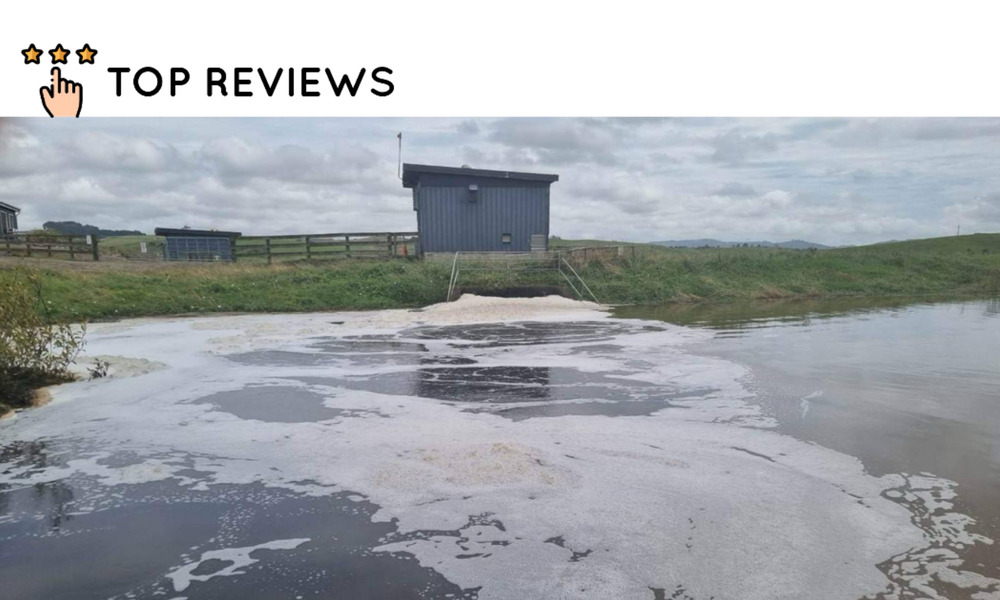What is the most polluted river in New Zealand?
Did you know that every day, about 2 million tonnes of human waste are dumped into the world’s waterways? Pollution levels this high have terrible effects on natural ecosystems.
Even our gorgeous green country isn’t free from pollution. In fact, if you’re on this page, it’s because you want to know about one of the worst-affected spots here – the most polluted river in New Zealand.
What is the most polluted river in New Zealand?
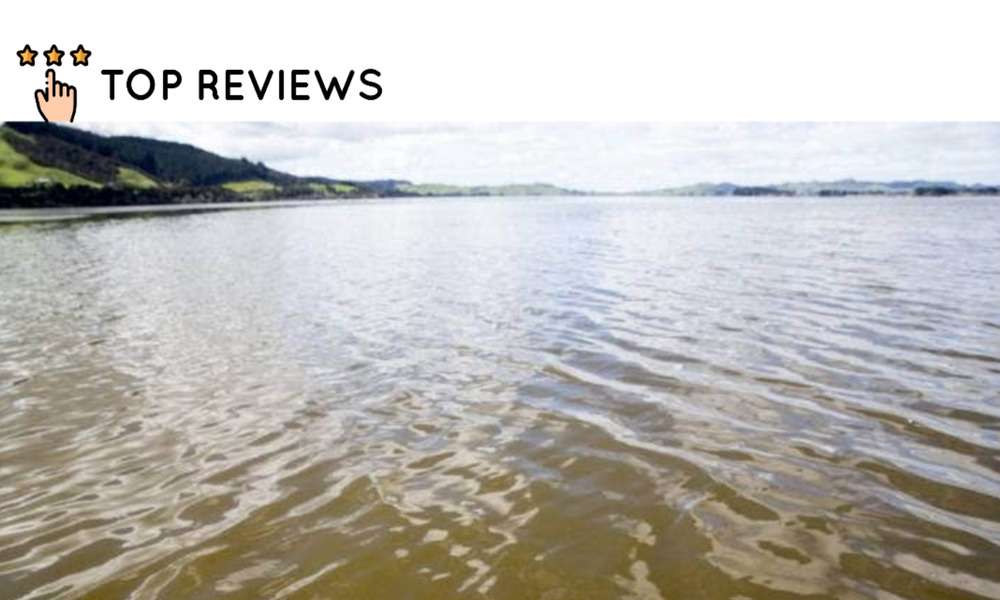
New Zealand’s most polluted river is the Waikare River. The Waikare used to have a thriving ecosystem, but it’s declined in water quality because of sewage, runoff from farms, and pollution from factories.
What are the Waikare River’s pollution levels?
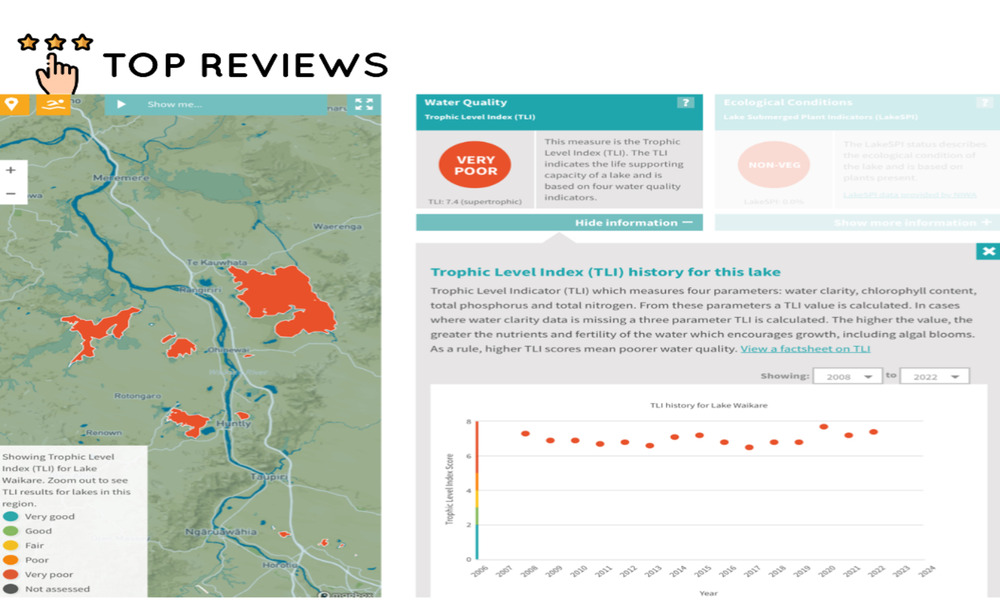
The Waikare River’s pollution levels are alarmingly high.
According to a 2021 report from the Waikato Regional Council, there are around 350 milligrammes of nitrogen per litre at certain hotspots. This is a lot more than the safe limit of 6.9 milligrammes per litre.
The coliform count in feces, which is a sign of sewage pollution, was found to be over 1000 MPN (Most Probable Number) per 100 ml, which is much higher than the suggested maximum of 200 MPN for safe drinking water.
Also, the river’s turbidity, which is a measure of how clear the water is, sometimes goes over 50 NTU (Nephelometric Turbidity Units), which is much higher than the standard of less than 5 NTU for clear water.
Why is the Waikare River so polluted?
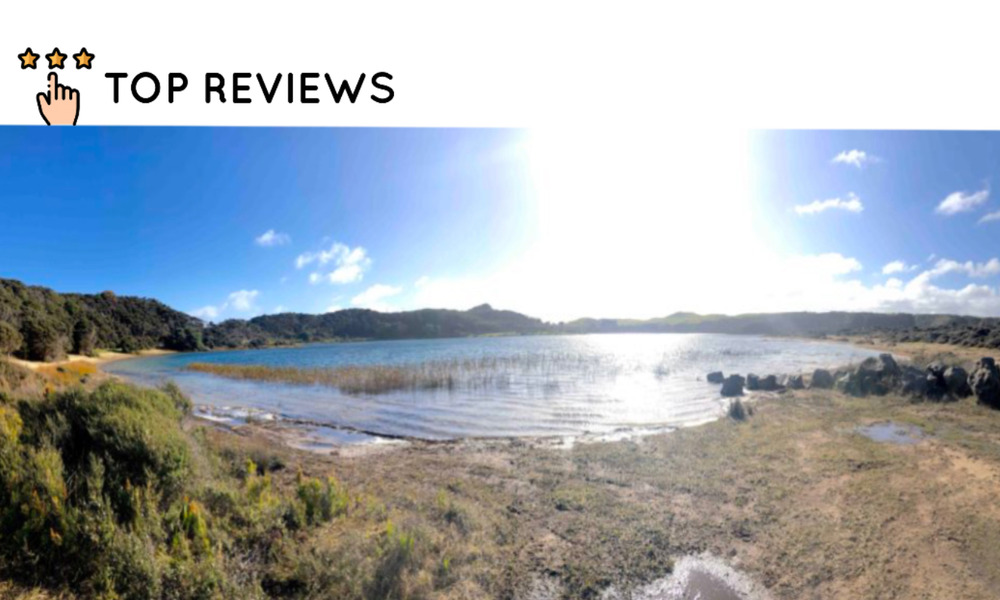
The Waikare River is so polluted because the farming in the surrounding areas has led to increased agricultural runoff, which brings chemicals and other pollution that are bad for the waterway.
Due to the widespread use of fertilisers, this waste often has high levels of nitrogen and phosphorus. These chemicals make toxic algal blooms in the river grow faster, which can lower the oxygen level in the water and mess up marine ecosystems.
Not only that, but pollution levels are also high because of industry operations and poor sewage handling. Sewage and industrial waste that isn’t treated or isn’t treated properly often contains heavy metals and other harmful chemicals that make the water quality and the health of the environment worse.
What are the consequences of the Waikare River being so polluted?
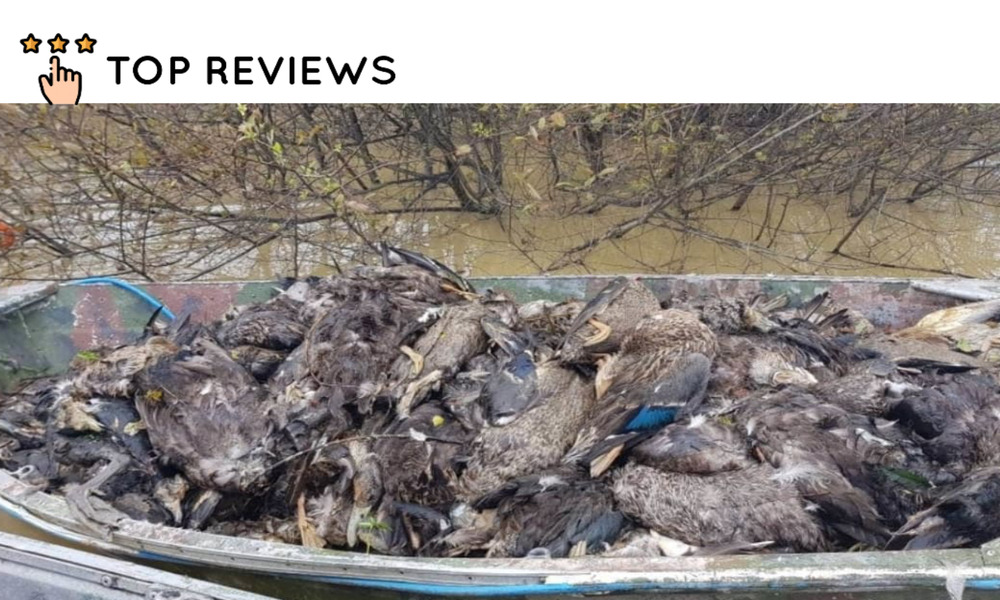
The consequences of the pollution in the Waikare River are far-reaching and multifaceted. On an ecological level, the high pollution levels detrimentally affect the river’s biodiversity.
This includes fewer fish and the death of watery and semi-aquatic species, which throws off the food chain and the balance of the environment as a whole.
From a human perspective, the pollution affects the health and way of life of people who depend on the river for things like cooking, cleaning, and drinking water. The pollution makes the river less fun to use for leisure because of the diseases that could spread through the water.
Furthermore, the polluted water has an impact on farmland since using dirty water for irrigation can cause pollutants to build up in crops, which could be harmful to people’s health.
What can be done to lower the Waikare River’s pollution levels?
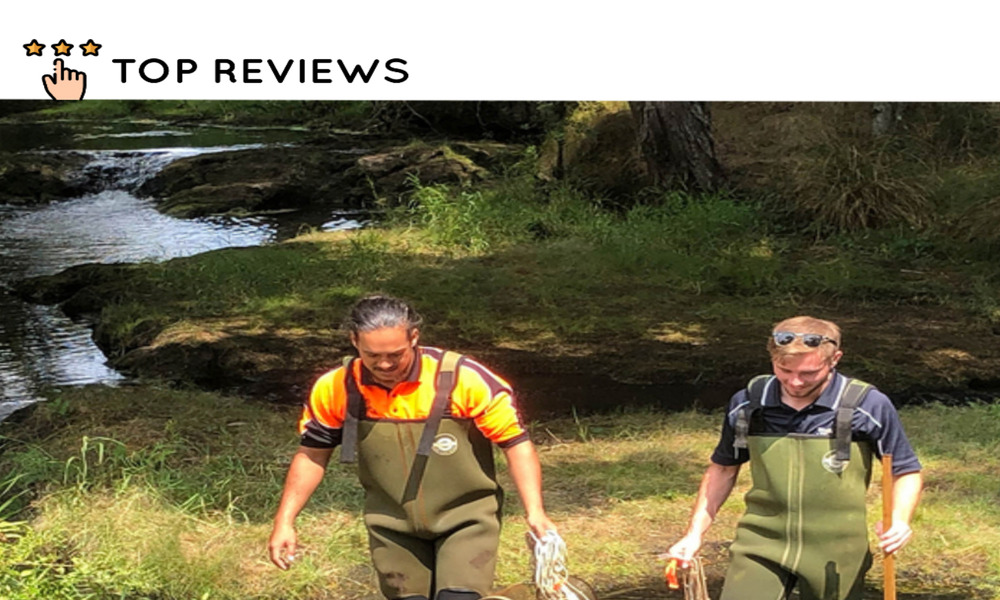
The pollution levels in the Waikare River might go down if we work together on policy, infrastructure, and education.
First, tighter rules should be put in place for how to deal with industry garbage and agricultural runoff. Businesses should have to clean up their waste before putting it into rivers.
This would cut down on the amount of toxins and chemicals that get into the water system. In the same way, farmers should be pushed to use fewer chemical fertilisers and herbicides and switch to more environmentally friendly ways of growing.
Additionally, putting money into more modern sewage treatment systems could cut down on the amount of raw waste that gets into the river by a large amount.
Lastly, efforts to make people aware of how pollution affects the health and wildlife of the river may get people who live along the banks of the river to behave more responsibly.
